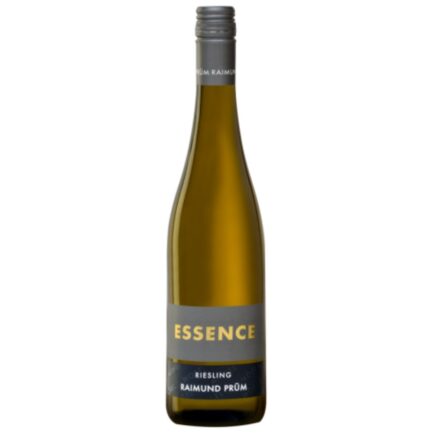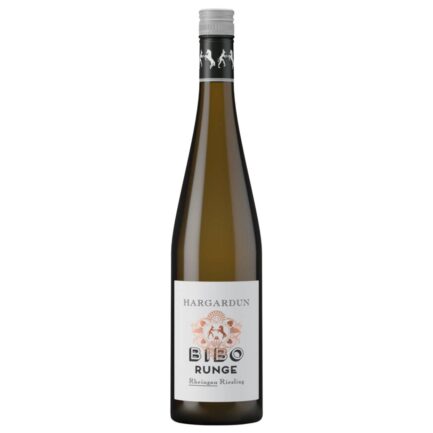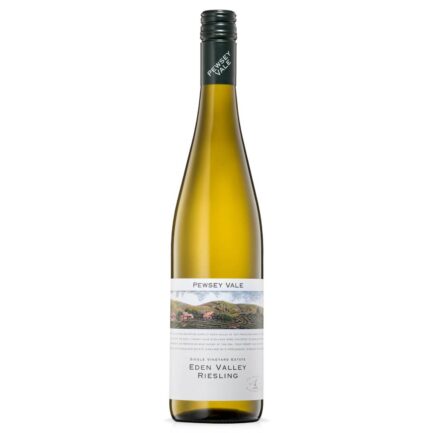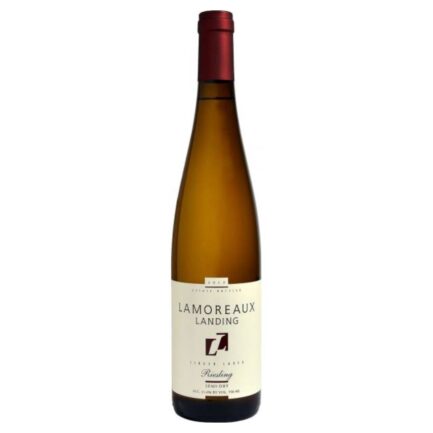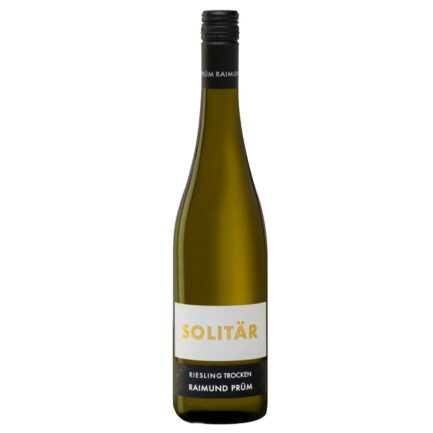Riesling might just be one of the greatest grapes in the world. A bold claim we know! But Riesling is an aromatic powerhouse that truly reflects the place it was grown and is one of the most versatile grapes. It has unfairly garnered a bad reputation and we can often regard Riesling as a poor-quality, sweet wine. In truth Riesling is one of the most versatile grapes, ranging from bone-dry, crisp wines to lusciously sweet, with even some Noble Rot influence.

About the wines
Riesling is highly reflective of its terroir—the soil, climate, and topography from which it’s grown. Meaning this aromatic variety has a wide palette of aromas and flavours, making it difficult to define. Picked early, it can be floral with notes of honeysuckle, peach, lime and crisp green apple. Picked later, it can be more tropical in flavour. Riesling also retains its acidity as it ripens, so even sweeter wines can still be bright and fresh.
With its high acidity and balanced sugar levels, Riesling also boasts great ageing potential. As it ages, Riesling creates truly unique and interesting wines, developing complex aromas of honey, petrol (which is more delicious than it sounds!), and dried fruits, along with a rich and velvety texture. It’s a wine that continues to evolve and rewards patience.
Notable regions
Riesling thrives in cool climates, and great examples can be found all over the world. Most notably it is grown in Germany and Alsace. However Clare Valley in Australia, New York State, Northern Italy, Austria and even parts of Chile are also making incredible examples.
Try with
Finally, with its great diversity, Riesling is a fantastic gastronomic wine. Off-dry and semi sweet styles, with their vibrant acidity, work well with creamy cheese or hearty pork dishes. Riesling is fantastic with Asian cuisine, the aromatics in the wine complimenting flavours like ginger and lemongrass. Riesling also shines alongside seafood.
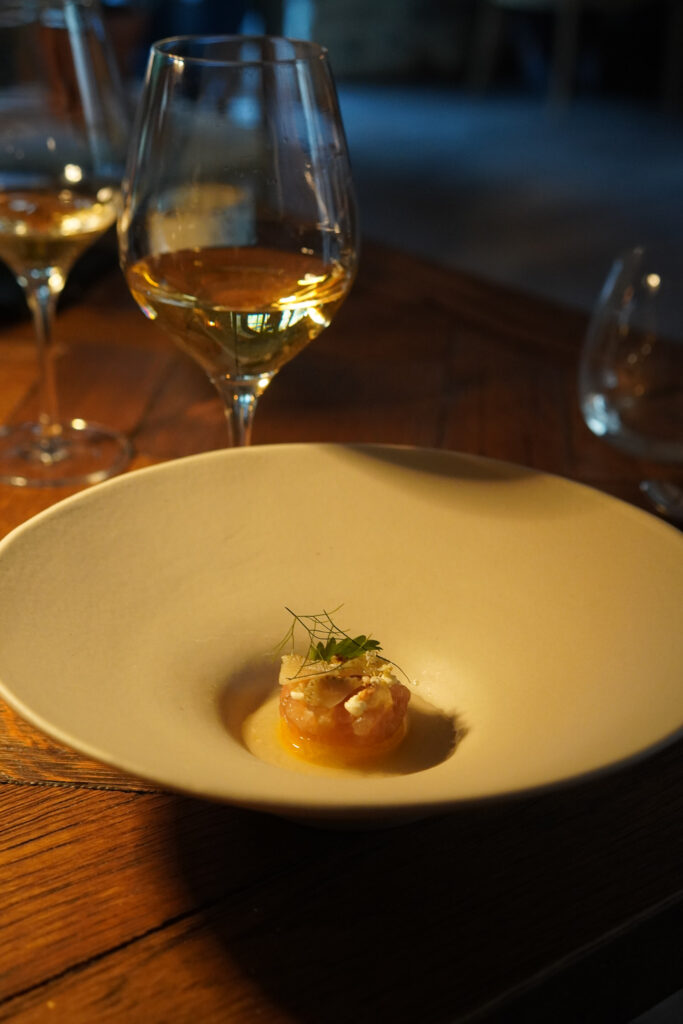
A few of our favourites to explore
-
CHI, Riesling 2023, Sauerwein, Elgin
£ 24.95 -
Curlewis Riesling 2021, Mulline, Geelong
£ 33.95 -
Essence 2022/23, SA Prum, Mosel
£ 14.50 -
Hanlin Hill Riesling 2019, Petaluma, Clare Valley
£ 25.05 -
Hargardun Riesling 2018, Bibo Runge, Rheingau
£ 29.50 -
Pewsey Vale Riesling 2022, Hill Smith Wineries, Eden Valley
£ 19.05 -
Riesling 2020/21, Domaine Christophe Mittnacht
£ 22.95 -
Riesling 2022, Lamoreaux Landing Wine Cellars, New York State
£ 22.50 -
Riesling Clos Häuserer 2018, Zind Humbrecht
£ 53.05 -
Riesling Solitar 2023, S A Prum, Mosel
£ 15.05



